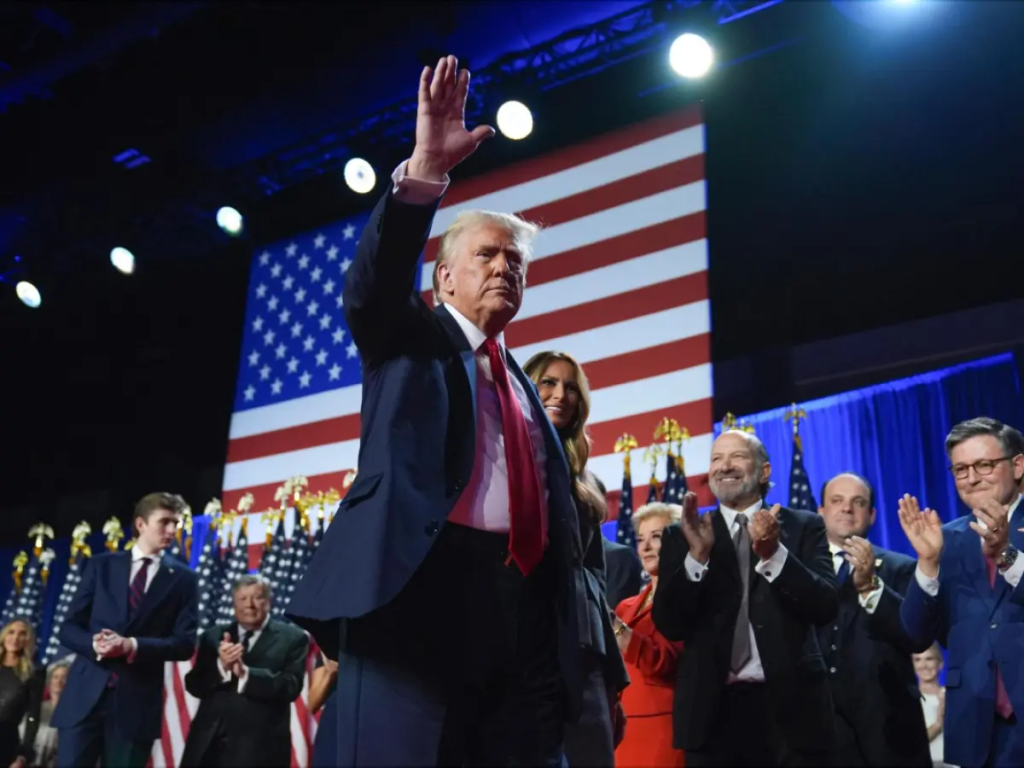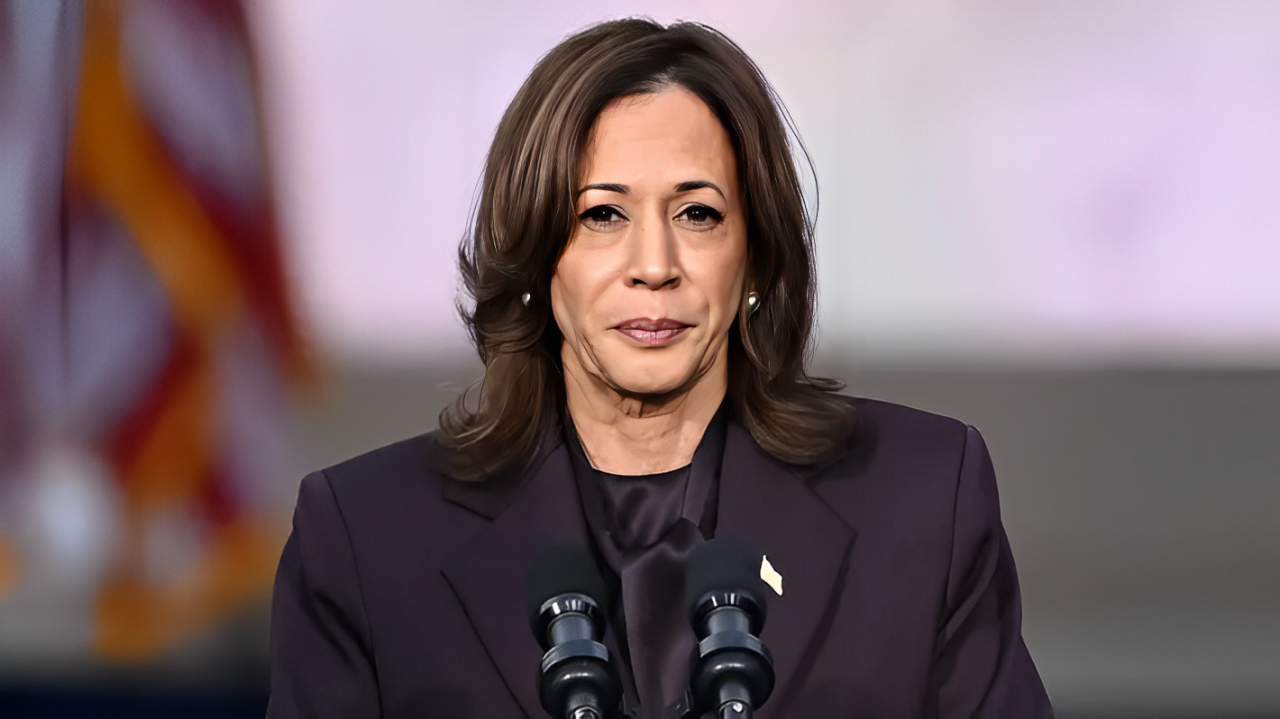How Trump’s Political Realignment Could Change the Future of American Elections?
Donald Trump’s political impact has once again left the nation grappling with shifts that were once considered impossible. His campaign rally in the Bronx in late May, a traditionally Democratic stronghold, surprised many.
For years, the Bronx had been a blue fortress, with Trump securing only a small percentage of votes in past elections. But this rally was different. Trump made waves not because of his speech or actions but because of the diverse group of supporters who showed up.
It was one of the most mixed rallies of his political career. As the election results poured in, it became clear that Trump had made significant inroads in communities that had long been assumed to be firmly in the Democrats’ corner.
Trump’s vote share in the Bronx had risen dramatically, with him winning 27% of the vote—his best showing in the area in 40 years. While Democrats were quick to dismiss the rally as a publicity stunt, the results told a different story. One Democratic official who had been sceptical of Trump’s appeal in such areas was Rep. Ritchie Torres. Initially dismissing the rally, he later acknowledged the shift.
“I despise Donald Trump,” Torres admitted, but he conceded that Trump had an uncanny ability to tap into communities of colour, a skill that many had underestimated. He recognized that Trump’s real breakthrough wasn’t in the swing states like Pennsylvania or Michigan but in urban Democratic strongholds like the Bronx.
The biggest shift in 2024 was among Latino men, who had strongly supported Biden in 2020 but swung toward Trump this year. According to NBC News exit polls, Latino men backed Biden by 23 points in 2020, but in 2024, they supported Trump by 12 points.

The trend was even wider, as many working-class voters, women, young voters, and people of colour also shifted toward Trump. These groups, which had traditionally been more supportive of Democrats, showed an increasing alignment with Trump’s platform.
Even rural voters, independents, and those with lower household incomes found themselves more in tune with Trump’s policies than before. Meanwhile, the only demographic that saw Biden gain ground on Trump was among white, educated, and wealthy voters.
Trump has successfully engineered a broad shift in the electorate, surpassing what he achieved in 2016 and 2020. His 2024 campaign broke long-held beliefs about how Americans vote, blurring the party’s traditional demographic lines.
His “Make America Great Again” movement grew into a more diverse coalition, appealing to a wider range of Americans and ultimately giving Trump his strongest electoral performance in two decades.
“Insane, truly insane,” one Republican strategist remarked, commenting on Trump’s ability to connect with voters across party lines. This transformation is something that has both shocked and impressed many in the political world, including Trump’s campaign team.
Several factors contributed to this shift. Rising prices, frustration with the government’s handling of inflation, and the increasing visibility of issues like immigration played a key role.
Trump’s efforts to reach out to young voters, minorities, and working-class voters were effective, and his candidacy gained traction with a sense of frustration towards the traditional political establishment.
Rep. Nancy Mace, a Republican from South Carolina, pointed out Trump’s gains among women, independents, and minority voters.
She noted that Democrats had focused heavily on abortion rights following the 2022 Supreme Court ruling, but issues like inflation and immigration were also at the forefront. Trump’s ability to appeal to these concerns made him a change agent in the eyes of many voters who were tired of the status quo.
Another critical factor was Trump’s portrayal as an anti-establishment figure. Throughout his campaign, Trump distanced himself from traditional politics by aligning himself with figures like Robert F. Kennedy Jr. and Tulsi Gabbard, who had both broken away from their respective political parties.
This anti-establishment sentiment resonated with a large segment of the electorate that felt disconnected from both major political parties. Trump’s presence on alternative media platforms, such as popular podcasts, also played a role in reaching younger, less traditional voters, a demographic that had leaned Democratic in recent years.
The result of these shifts was a dramatic realignment of the political map. Democrats were left scrambling to understand how to respond to a Republican coalition that had evolved in unexpected ways. One Democratic strategist acknowledged that the real challenge for the party was winning back younger voters, especially men, who had gravitated toward Trump.
“These kids are like, ‘Trump is cool. He’s the man,’” the strategist said. This sentiment speaks to a broader trend in which younger generations are rejecting traditional party lines in favour of figures they see as more in touch with their concerns.
In battleground states, Harris’s efforts to address issues like price gouging and housing affordability did not go unnoticed. However, some Democrats believed that the party’s message had failed to resonate with the working-class voters who were increasingly turning to Trump.
One Pennsylvania Democrat warned that if this shift continues, it could lead to long-term damage to the Democratic Party. “One cycle, OK. Two cycles, maybe. But if they vote that way three times in a row, they’re never coming back,” the source said.
The Bronx, once a staunchly Democratic area, is now a symbol of the political shifts sweeping the nation. Torres, who represents the district, believes that the Biden administration’s delayed response to issues like immigration and rising prices only strengthened Trump’s position.
He pointed out that while the Democratic Party focused on messaging, Trump was tapping into the real concerns of ordinary Americans. “We have a reality problem,” Torres said, adding that issues like inflation and immigration were not just messaging problems—they were issues that voters felt deeply.
As the 2024 election unfolds, Democrats are facing an uphill battle to reclaim ground among the very constituencies that once formed the backbone of their support. The challenge is clear: Trump has successfully realigned the political map, and Democrats are left to reassess their approach.

